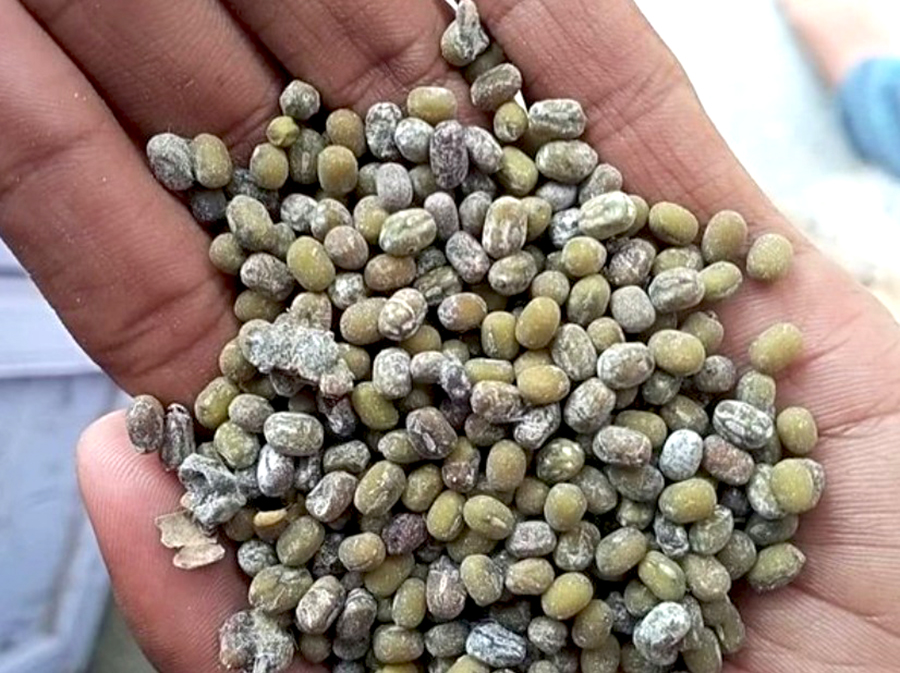September 2, 2020
IGrain India’s Rahul Chauhan shares with GPC members his analysis on the current conditions of the pulse market in India.


Two main factors will likely affect the Indian pulse market in the near future:
The Indian government had reduced the import duty on lentils from 30% to 10% between June and August. The reduction expired on 31 August and since no new notification has been released to-date, the tariff on lentil imports is back at 30%.
In the case of urad, the government had set an import quota of four lakh tonnes for the current financial year (April-March) but lately reduced the deadline to August 31, 2020. No further extension has been given to-date. Hence, urad import is on halt. Like last year, heavy rain and flood in Madhya Pradesh poses a serious threat to the urad crop and its price has also increased by 10%. Last year's stock is also low.
In terms of pigeon pea and moong, the Directorate General of Foreign Trade (DGFT) is busy examining and physical test-verifying the applications received from pulses and millers. Until this process is completed, the import of pigeon pea and moong will remain closed. Import of peas is already closed. Chana is also not imported or negligible as import cost is on higher side than domestic.
In the lentil market, stocks are low and new crop is far away. New crop is under harvest in Canada, while Australia will start coming in October-November.
This year NAFED and the Indian Goverment have proved to be very efficient in purchasing and selling strategy.
READ THE FULL ARTICLEUrad crop damage in Madhya Pradesh and Karnataka states.
Disclaimer: The opinions or views expressed in this publication are those of the authors or quoted persons. They do not purport to reflect the opinions or views of the Global Pulse Confederation or its members.